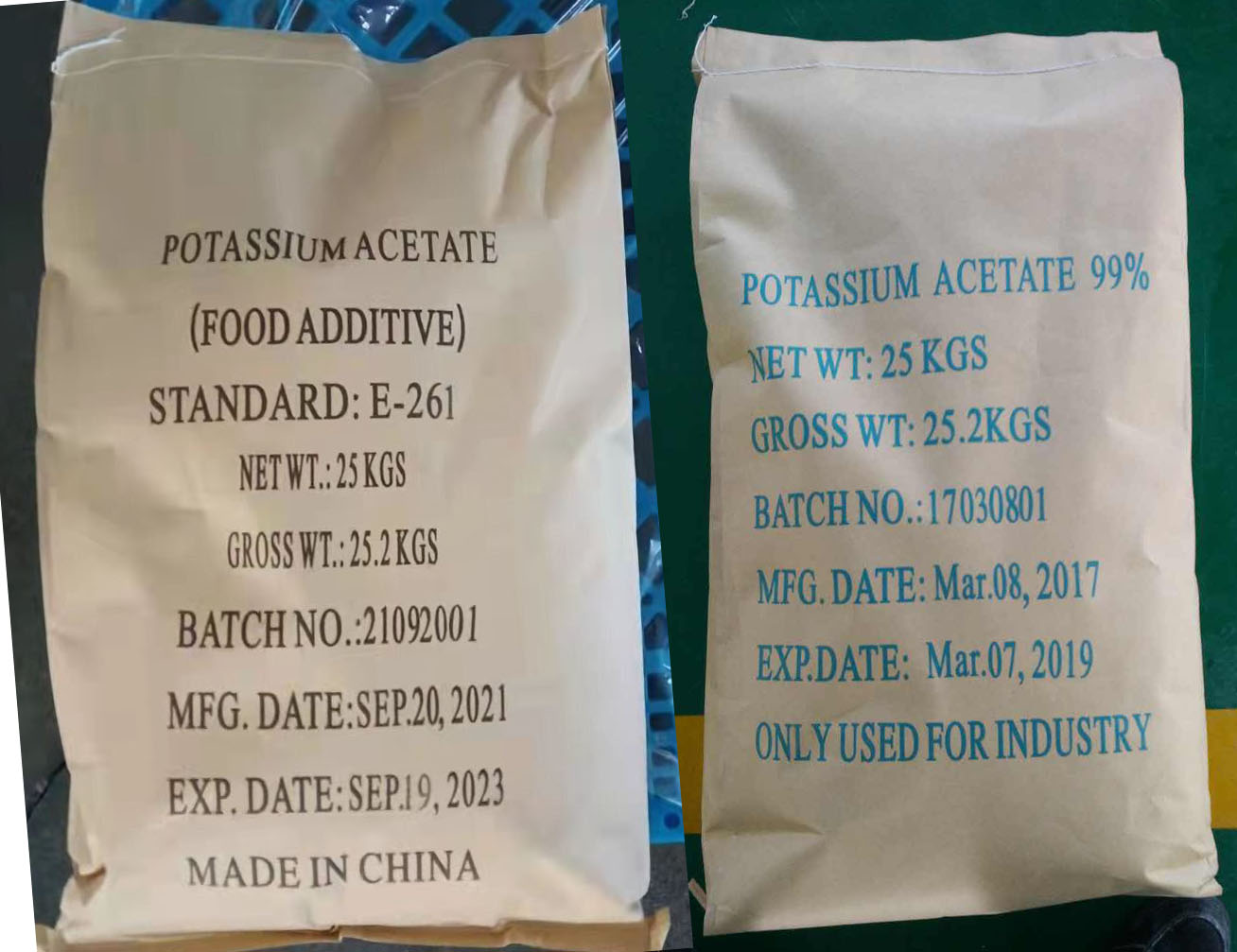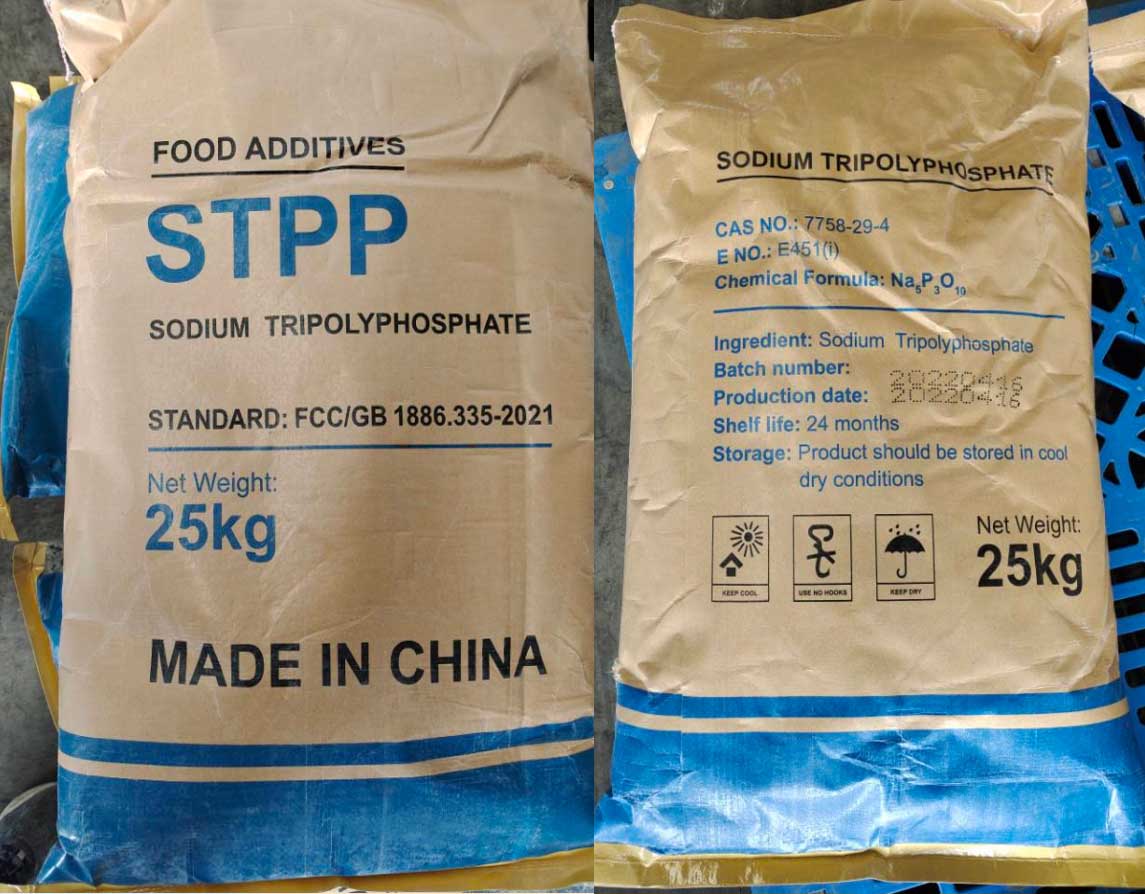Applications of Potassium Acetate in Fertilizer
Potassium acetate (KCH₃CO₂) is a potassium salt of acetic acid, and it has several beneficial uses in agriculture, particularly in fertilizers. As a potassium source, potassium acetate provides essential nutrients to plants while offering some unique advantages compared to traditional potassium fertilizers like potassium chloride (KCl) or potassium sulfate (K₂SO₄). Below are the main applications of potassium acetate in fertilizers:
1. Source of Potassium for Plants
Potassium Nutrient: Potassium is one of the essential macronutrients for plant growth, playing a crucial role in various physiological processes, including photosynthesis, water regulation, enzyme activation, and stress resistance. Potassium acetate provides a readily available form of potassium to plants.
Improving Yield: By supplying potassium in an easily absorbed form, potassium acetate can enhance crop yields, improve plant vigor, and help maintain the overall health of the plant.
2. Improvement of Fertilizer Efficiency
High Solubility: Potassium acetate has a high solubility in water, making it an effective source of potassium for plants, especially in liquid fertilizers or fertigation systems.
Fertigation: In modern farming practices, especially in greenhouses and hydroponics, potassium acetate can be mixed with irrigation water to deliver nutrients directly to plant roots. This method ensures quick and efficient uptake of potassium by plants.
3. Ideal for Sensitive Crops
Reduced Salinity: Unlike potassium chloride, which can contribute to soil salinity, potassium acetate is less likely to cause salt stress in plants. This makes it particularly useful for crops sensitive to high salt levels, such as certain fruits and vegetables.
Use in Organic and Low-Salt Agriculture: Potassium acetate is often used in organic farming systems or in areas where soil salinity management is critical.
4. Improving Fruit and Vegetable Quality
Enhanced Fruit Size and Quality: Potassium plays a vital role in fruit development. The use of potassium acetate can improve the size, quality, and sugar content of fruits and vegetables. This is especially important for crops like tomatoes, cucumbers, and other fruiting vegetables.
Sugar and Starch Accumulation: Potassium enhances the translocation of sugars and starches within the plant, which improves the nutritional quality of root crops like potatoes and carrots, as well as grains and cereals.
5. Frost Protection
Cold Tolerance: Potassium acetate has been found to help plants tolerate cold and freezing conditions. It works by improving the plant's ability to regulate water uptake and cell turgidity, reducing the risk of frost damage. This makes it useful in environments where frost damage is a concern, especially during early spring or late fall.
6. Low-Chloride Fertilizer
Suitable for Chloride-Sensitive Crops: Some crops, such as certain types of tobacco, potatoes, and sensitive vegetables, are sensitive to chloride ions, which can accumulate in the soil when using potassium chloride. Potassium acetate is chloride-free, making it a preferred option for these crops to avoid chloride toxicity and maintain optimal growth.
7. Environmental Benefits
Reduced Soil Acidity: Since potassium acetate is derived from a weak acid (acetic acid), it has a lower environmental impact in terms of soil acidification compared to more acidic potassium fertilizers like potassium chloride. This makes it more suitable for soils that are already low in pH or in need of neutralization.
Efficient Nutrient Delivery: The use of potassium acetate, particularly in precision agriculture, ensures that potassium is delivered in a form that is quickly available to plants, reducing nutrient loss through leaching and ensuring more efficient use of fertilizers.
8. Use in Hydroponics
Hydroponic Systems: Potassium acetate is often used in hydroponic fertilizers due to its high solubility and the absence of chloride, which could potentially harm the plant roots in water-based systems. It provides a steady supply of potassium to plants grown in nutrient solutions.
9. pH Adjustment in Fertilizer Solutions
Buffering Action: Potassium acetate can act as a mild buffer in fertilizer solutions, helping to maintain a stable pH. This is especially beneficial in liquid fertilizers where pH fluctuations could affect nutrient availability and plant health.
Conclusion
Potassium acetate offers several advantages as a potassium source in fertilizers, especially in terms of solubility, chloride-free formulation, and its ability to improve plant health and yield. It is particularly useful in fertigation systems, hydroponics, and organic farming, where the avoidance of chloride is important. Its use can lead to better fruit and vegetable quality, improved crop yields, and more efficient fertilizer use, all while reducing potential environmental impacts like soil salinity and acidity.




